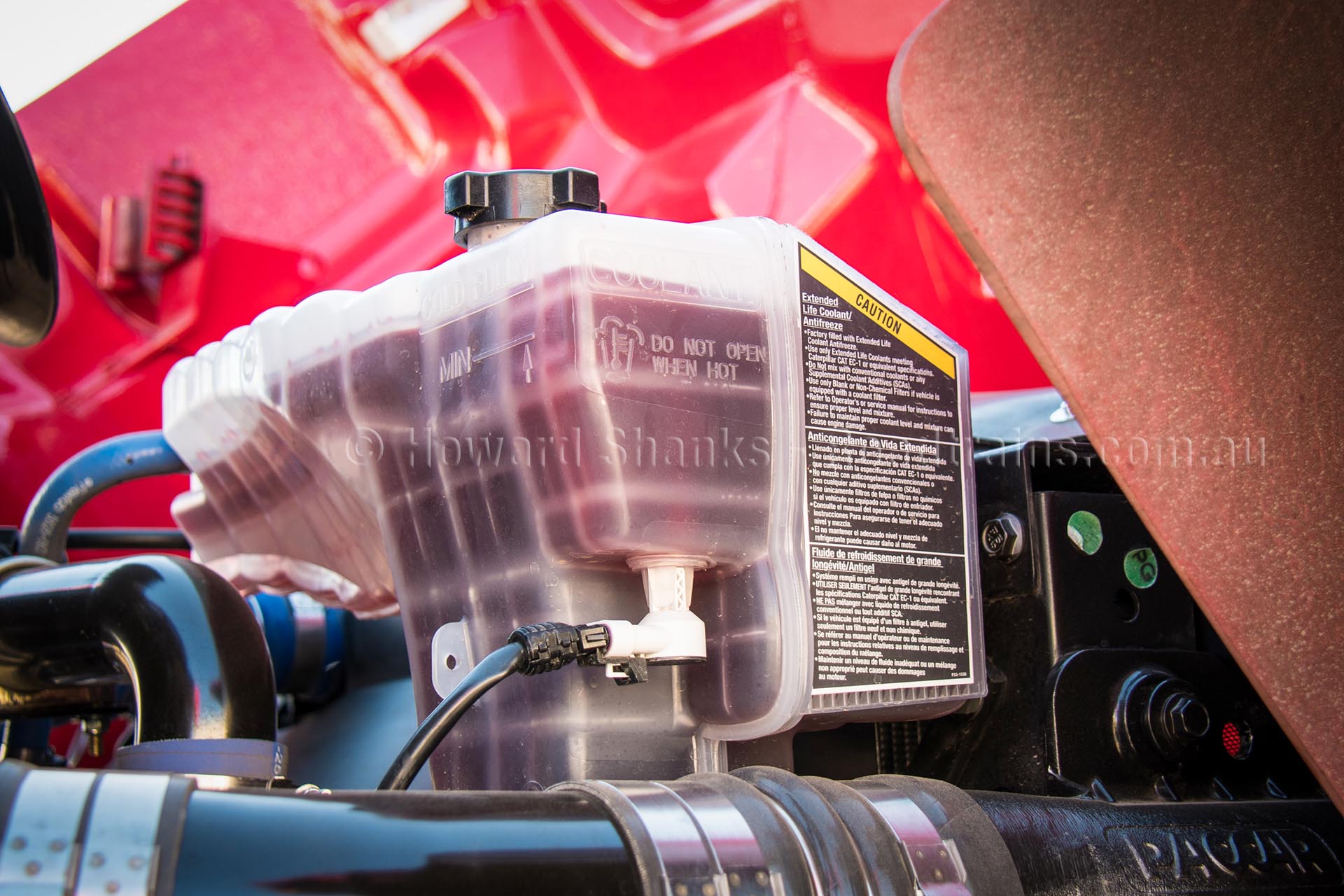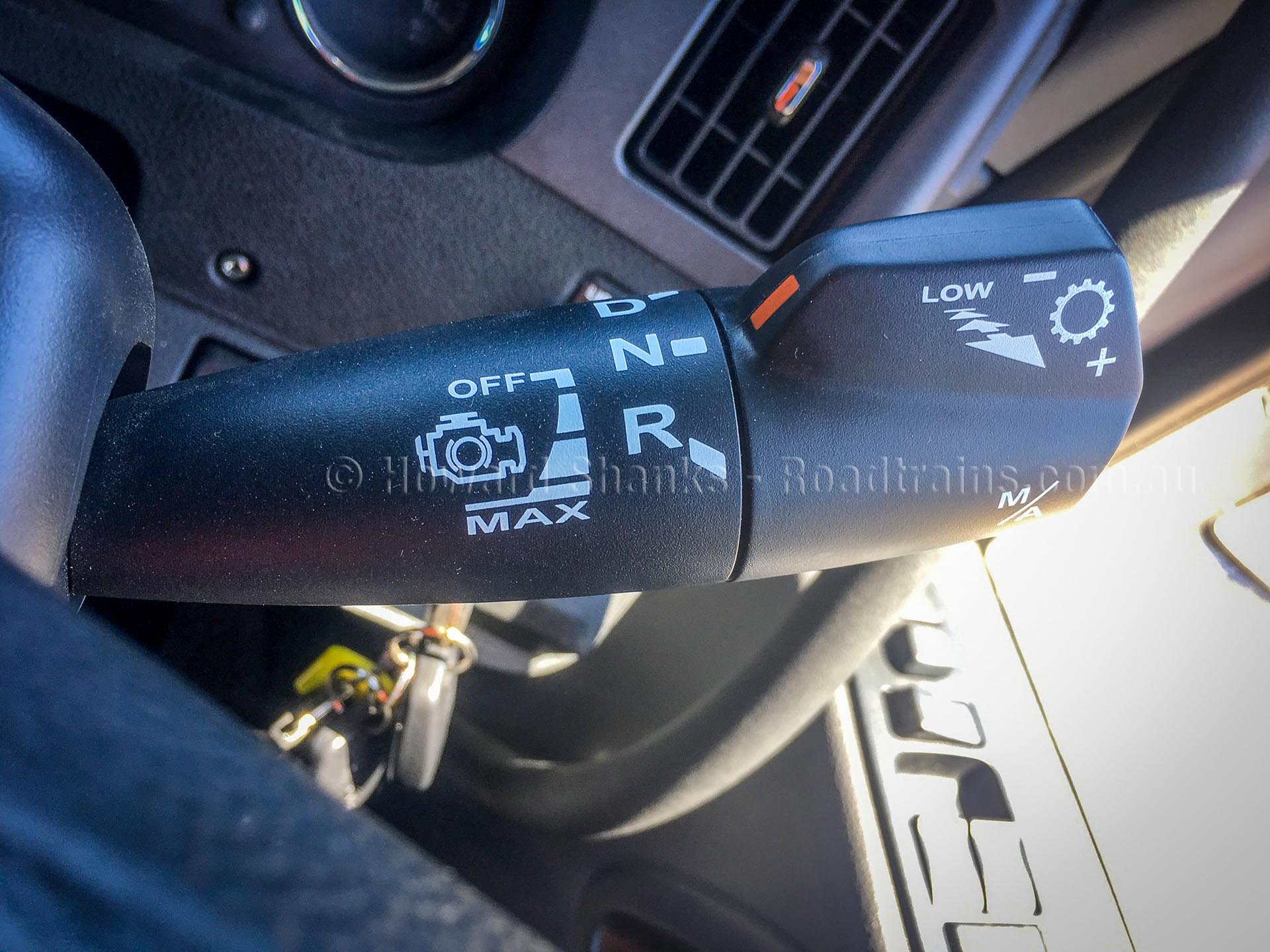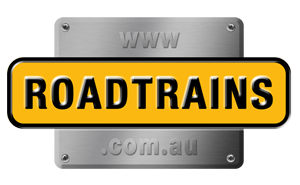Kenworth T410SAR – First viewing and in depth features review.

Kenworth T410SAR provides payload and productivity advantages
When it comes to “Australian Made” nothing can lay claim to this title like Kenworth’s SAR model, it is after all designed and built right here in Australia. It was in fact born in Victoria back in the seventies. It is a model that is entrenched in Australian Trucking culture for its versatility to fit a wide variety of applications, delivering high productivity with exceptional reliability. And, if time has taught us anything, outstanding resale value.
At the launch of the T410 early in 2019, there were whispers that T610SAR may get a little brother, but no confirmation. In any case, after the rumours continued it wasn’t that surprising when covers were lifted off the latest incarnation of the “SAR” and we finally took our first glimpse at the new T410SAR because of the model’s iconic heritage.
The T410 is the perfect platform for a company like Kenworth that application-engineers’ models specifically for Australian transport operators to expand their range. According to a Kenworth spokesperson, it was customer demand that largely drove the decision to bring the new T410SAR into the product line-up.
Speaking remotely from launch, Noelle Parlier, Chief Engineer, PACCAR Australia, explained that the new T410SAR offers better weight distribution with its set-forward front axle along with classic Kenworth styling. Meanwhile, because it’s lightweight the T410SAR delivers bigger payloads, a superior driver environment, improved fuel economy and a greater choice of options.

Daily checks on the Kenworth T410SAR are easy at a glance
2850mm BBC
The T410SAR offers a shorter bumper-to-back-of-cab (BBC) length of 2,850mm, which is predominantly designed to provide for maximum payload under Australian regulations for 19m B-Double, most 19m Quad Dog applications and car carrier specifications.
Initially, the T410SAR is available in a 6×4 configuration to suit rigid, single and multi-trailer combinations. However, car carrier and 8×4 configurations are confirmed for release later this year. Rated at up to 70 tonnes GCM, it is ideal for local and interstate distribution and suitable for PBS and other heavy-duty applications.
“To develop a new product that meets the needs of our customers, consultation is paramount and is the foundation of its development”, Brad May, Director Sales and Marketing, PACCAR Australia, said.” Sharing many of the same attributes as the T610SAR, feedback from customers on the performance and handling of the T410 has been positive, including feedback received from customers with an integrated PACCAR Powertrain, incorporating the PACCAR MX-13 engine and 12-speed transmission. The same combination being made available in the T410SAR,” added May.
“Of paramount importance in delivering a new product is the need to maintain the exceptional performance, quality, durability and productivity for which Kenworth is renowned. Our extensive testing and validation process support this, as does our own research and development, further enhancing product as innovations come to hand, he added.”

Kenworth T410SAR packed with safety features like this hood safety lock.
Hamburger with the lot!
The test truck came kitted out with all the trimmings, a real hamburger with the lot. Starting with the premium interior, in Red Garnet and Paccar 7-inch display touch screen, which includes virtual gauges, navigation and provision for multiple camera feeds.
We’ve reviewed Kenworth’s 2.1m cabin in great depth in previous road tests. But to recap on some of the more noteworthy features, visibility is industry-leading in this model. It is achieved by the intelligent panoramic design of the windscreen, doors and mirrors. This allows the driver complete command, by easily glancing at anything without having to turn or duck their head. The more expansive windscreen provides an uninterrupted view of the road. Meanwhile, the large door windows allow for a first-class vision to the side of the vehicle giving a full 180° view from the driver’s seat.
The mirror placement is well thought out too, sitting low on the cabin A-pillar making for exceptional cross-traffic visibility. This also allows for an effective forward line of sight, both over the mirrors and between the mirror. The use of asymmetric mirror arms places the mirror heads in an optimal position for rearward vision while minimising any obstruction. The aerodynamic mirrors are fully adjustable, with high strength cast break-away brackets to minimise mirror vibration.
A great safety feature of these mirrors because they are mounted on the A-pillar, is the driver can look into the mirror while getting out of the vehicle to ensure that they are not stepping into the path of moving vehicle such as a forklift.

Kenworth mirrors are sturdily mounted on the A-pillar
Engine
Under the hood resides PACCAR’s well-proven MX-13 that can be specified in either 460 or 510 horsepower options. When it comes to power this PACCAR MX-13 has a big heart. It punches out comparable torque to the Cummins X15 that powers the T610SAR, 1845lbft (2501Nm) to 1850lbft (2508Nm) respectively. Also, take into consideration that both engines make their torque from around 1000 – 1500 RPM. It’s this rev range where you want your truck operated to get the maximum fuel economy, and when it comes to fuel economy the PACCAR MX-13 has the runs on the board. The engine brake in these later PACCAR MX-13 is very good too, producing 485 braking horsepower at 1900RPM reducing down 250 braking horsepower at 1100RPM.
In terms of engines, the PACCAR MX-13 is what I’d call a mature model because it’s been around for so long and apart from a few tweaks during its life cycle to improve economy, durability and emissions it is essentially the same robust power plant. Conversely, you don’t hear operators complain about the PACCAR engine, in fact, most have high praise for its economy and million-mile life cycle.

Kenworth T410SAR Powered by PACCAR MX-13 Engine
Transmissions
There are five transmission options, two variants of Eaton’s 18-speed Roadranger manual and three automated transmissions, two variants of the Eaton’s 18-speed Ultrashift Plus and PACCAR’s 12-speed.
The gearshift control for the automated transmissions is via the transmission stalk mounted on the right-hand side of the steering column – if you’re an old school Kenworth operator, its where the trailer brake handpiece used to reside.
Incidentally, the trailer brake hand piece is now located in the dash panel.

The trailer brake leave is now located in the dash panel.
Slipping into the driver’s seat, it only took a few moments to become familiar with the ease of operation of the new gear shifter stalk. The direction of the vehicle is controlled by rotating the stalk’s dial forward or backward. Up and downshifts are controlled by either lifting the stalk for an upshift or a downward press for a downshift. With either the Eaton Ultrashift or PACCAR transmissions, the driver has the flexibility of being able to prompt a shift while in automated drive mode. Again both transmissions offer a fully manual operation mode and that’s activated with the press of a button on the end of the stalk. A small “m” appears in the dash display to indicate that manual mode is activated.

Gear-shifter
Ultrashift Plus
For long time users of the Ultrashift Plus transmission who are familiar with the traditional “Cobra-Shift” lever and like to use “Low” mode, this is activated by pressing and holding the stalk down momentarily till a small “L” appears in the dash display. Conversely, if you’ve specified “Dual-Mode” with your Ultrashift Plus the small “C2” will appear in the dash display in when this is active.
To activate “Low” mode in the PACCAR 12-speed it is the same procedure as with the Ultrashift Plus. However, the smarts in the PACCAR 12-speed are a little cleverer than those in the Ultrashift Plus, and how it shifts gears is considerably slicker. Mind you, there is nothing wrong with the Ultrashift Plus, but it’s shifting strategy differs slightly in that it’s shifting has to replicate how the stick would shift gears if it were a manual. Because it is, after all, a manual gearbox with an electronic shifter bolted on the top.

Kenworth T410SAR gear shifter
On the other hand, the PACCAR 12-speed never had a manual sibling, it was designed from the ground up as an automated box. Consequently, it comes with a large range of useful standard features including load-based shifting and urge to move. But you can read more about the features of this transmission in our dedicated article on the PACCAR 12-speed.
Axles and Suspensions
Like all Kenworth models, there is a comprehensive range of axles and suspension options available which allow this model to meet the toughest high productivity PBS tasks.

Bendix Wingman Fusion displays in the T410SAR driver display on the dash
Safety Package
As stated earlier, this truck is a hamburger with the lot and boasts the full EBSS Safety package.
What EBSS provides is a comprehensive suite of safety systems that includes, antilock braking (ABS), Drag torque control (DTC), Automatic Traction Control (ATC), Hill Start Assist (HSA), Active cruise with braking (ACB), Trailer Response Management (TRM), Electronic Stability System (ESP) and Collision Mitigation with AEB (CMS), Lane Departure Warning (LDW).
System integration is the key with the Bendix Wingman Fusion’s functionality, that includes Bendix’, ESP Electronic Stability Program full-stability system, Wingman Advanced Collision Mitigation Technology with radar and the new AutoVue camera. Wingman Fusion gathers input from radar, video, and the brake system to create a highly detailed and accurate data picture. Data from its next-generation radar, camera, and brake system are fused to each other – constantly gathering, sharing, and confirming information.

Kenworth T410SAR PBS truck and dog
Bendix Driver Information
In the T410SAR the display from the Bendix Driver Information Display (DID) is also mirrored in the main dash panel, which makes monitoring the information simple at a glance. However, the settings and preferences for the Bendix system are controlled via the up, down and ok buttons on the right front of the DID unit.
During our test run we had a vehicle in front abruptly slow down and the system reacted instantly, disengaging the cruise control and shutting off power. Furthermore, on a tight bend where a farmer who had left the lid off the diesel tank on the back of his ute, had split diesel all over the road. The system instantly reacted, by shutting off power and applying braking to various wheels to keep the vehicle on the road. The small investment to have this system fitted at the factory pales in comparisons to cost of repairs that could be averted down the road on a vehicle without this system.
The new T410SAR combines the best attributes of both a cab-over and conventional truck. It delivers excellent manoeuvrability and visibility with minimal overall length like a cab-over. Yet has the serviceability ease and effortless cab access with a low tare weight of a bonneted truck. It is this low tare weight and exceptional fuel economy that is enticing operators to look at the flexibility of the T410 as an alternative to heavier multi-combination units. In fact, one Tasmanian logging operator is reporting a 31-tonne payload, with his new T410 and triaxle trailer along with fuel economy gains up to 2.4km/litre. Compared this to the B-Double unit on the same job, which only has an additional 1.7-tonne payload and fuel economy of 1.8km/l and extra trailer registration and 12 extra tyres on the ground.
After our initial experience with the new Kenworth T410SAR, there is little doubt that this model will certainly make its mark on the Australian Trucking Industry.
Related Information:
T610SAR with Ultrashift Quad Dog Review
Kenworth T410’s Winning Edge – Road Test Review
Kenworth’s T409SAR – MX13 Review
Understanding Eaton’s Ultrashift Plus Transmission
Kenworth T409SAR PBS Truck & Dog Review
Truck Specifications
Model:
Kenworth T410SAR
Engine:
PACCAR MX-13 510
Horsepower:
510 HP (380kw) @ 1600RPM
Torque:
1845 lb/ft (2501Nm) @ 1000 – 1400RPM
Transmission:
PACCAR 18F112C 12-speed
Gear Shift:
PACCAR column shifter
Engine Brake HP:
460HP (343kW) @ 1900RPM
Engine Brake Torque:
1300lb/ft (1762Nm) @ 1900 – 1500RPM
Front Axle:
Dana E1462I
Front Suspension:
Parabolic
Rear Axle:
Dana DS/RDH40P
Rear Axle Ratio:
3.90:1
Rear Suspension:
Kenworth A/G400
Wheels:
Alcoa Alloy 10-stud
Safety Package:
ACB, TRM, ESP, and Fusion
Rating:
50,000 Kg GCM
Wheelbase:
4790mm
Bumper:
Polished Alloy
Exhaust:
Twin vertical with fuel haul option
Fifth Wheel:
Jost JSK37
Extras:
Stainless Visor
Colour coded mirrors
Grey plastic rear guards





